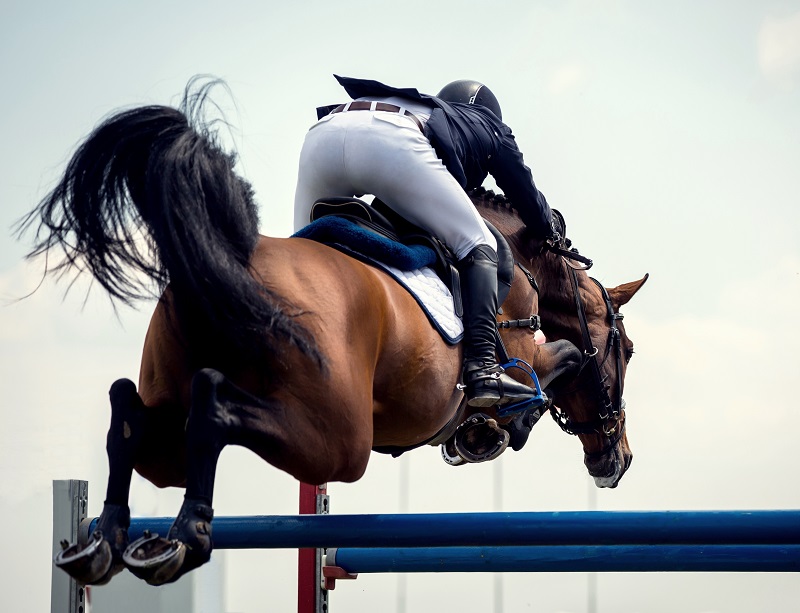
Even seasoned riders may find it difficult to navigate a jump course. However, reading a jump course is made considerably simpler with the correct method and a well-defined plan. The secret to clean, fluid jumps and a more assured ride is a well-read course. Here’s how to read a jump course like a pro and navigate it successfully.
1. Study the Course Plan
Before you even step into the arena, take the time to study the course plan. Most courses are drawn up on a sheet of paper or a digital display, showing the layout of jumps, the order they should be jumped in, and any specific instructions from the course designer.
When you review the course, pay close attention to:
- The sequence of jumps: Identify the order and how they relate to each other. Look for lines or turns that will require adjustments in pace or direction.
- The types of jumps: Are there verticals, oxers, or combinations? Understanding the type of jump you will face allows you to adjust your approach.
- The directions: Watch for sharp turns, long runs, or complex combinations. Knowing these will help you plan your ride better.
By taking these steps, you can set yourself up for success. For a detailed breakdown of how to analyze a course, this Brainz Magazine article offers additional insights that can help refine your approach to course planning.
2. Walk the Course Thoroughly
Once you are allowed into the arena, walking the course is an essential step. Walk the entire course and visualize yourself riding it. This gives you a chance to identify tricky spots, observe the placement of jumps, and make a mental map of the ride.
While walking the course, consider the following:
- Distances: Measure the distances between jumps. Are they tight or long? Understanding how much time you have between jumps will help you adjust your horse’s pace.
- Turns and angles: Identify tight turns or awkward angles that may require you to alter your usual riding position.
- Approach and landing spots: Look at where you will approach the jump from and where you will land. Knowing your approach will help you maintain balance and rhythm during the jump.
3. Plan Your Approach for Each Jump
Once you have walked the course, break it down jump by jump. For each obstacle, you should consider the following:
- Pace and stride: Decide if you need to adjust your horse’s pace. Some jumps may require a more collected canter, while others may need a more forward pace.
- Position: Make sure your body is in the correct position for each jump. You may need to adjust your seat and rein position depending on the type of jump and its approach.
- Visualize the jump: Imagine the approach, the jump itself, and the landing. This mental rehearsal can help build your confidence and improve your performance.
4. Focus on Timing and Rhythm
The key to mastering any jump course is maintaining a steady rhythm throughout. Try to keep a consistent pace and adjust as needed. If a jump is approaching quickly, ensure you have enough time to make adjustments for a smooth landing. Remember that jumping is not just about speed; it’s about finding a rhythm that works for both you and your horse.
5. Anticipate and Adjust During the Ride
While you can plan everything beforehand, the actual ride can sometimes be unpredictable. As you begin the course, stay focused on what’s happening in the moment, and adjust as necessary. Keep an eye on the jumps ahead of you, but don’t forget to stay present with your horse. If your approach needs tweaking mid-course, make the necessary adjustments and keep your rhythm intact.
6. Practice and Experience
Like anything in equestrian sports, practice is essential. The more courses you ride, the better you’ll become at reading them and adjusting your approach. Experience builds intuition, allowing you to navigate complex courses with confidence.
The ability to read a course, plan your approach, and adapt in real time is a skill that comes with practice and careful observation. With time, you’ll not only improve your performance but also build a stronger connection with your horse as you ride through each course with ease.
